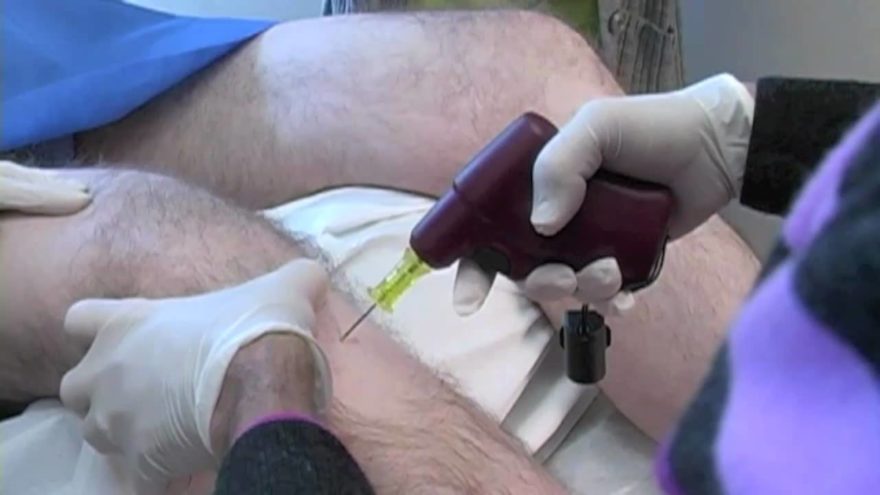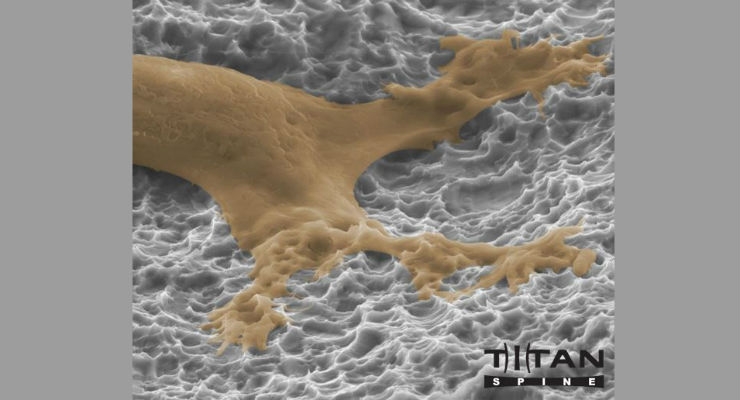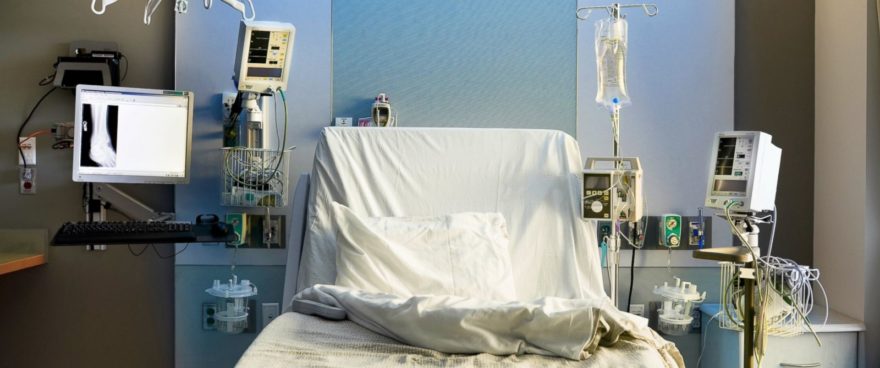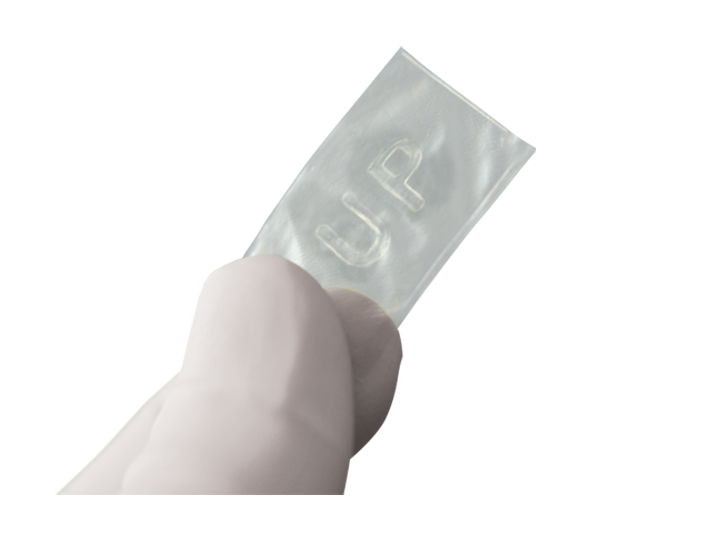FORT WORTH, Texas, Dec. 22, 2016 /PRNewswire/ — Fuse Medical, Inc. (OTC: FZMD) (“Fuse” or the “Company”) announced today that it closed on a capital investment from local healthcare executives Mark W. Brooks and Christopher C. Reeg. Messrs. Brooks and Reeg bring over 50 years of combined experience in the ancillary healthcare market and have partnered in the formation and operation of multiple high-growth healthcare ventures. Mr. Reeg currently serves as the President and Founder of Maxim Surgical, a manufacturer and distributor of spinal and orthopedic implants. Mr. Brooks currently serves as Chief Executive Officer of CPM Medical Consultants, LLC, a privately-owned national distributor of medical devices and regenerative tissue.
Mr. Brooks acquired 5,000,000 shares of the Company’s common stock for a purchase price of $400,000, and Mr. Reeg acquired 4,000,000 shares of the Company’s common stock for a purchase price of $320,000. The 9,000,000 shares acquired by Messrs. Brooks and Reeg represent in the aggregate approximately 57% of the Company’s outstanding common stock after the closing.
In connection with the closing of the investment, effective December 19, 2016, the Company’s Board of Directors has appointed Mr. Brooks as Chairman of the Board and Mr. Reeg as Chief Executive Officer of the Company. Christopher C. Pratt, D.O. resigned from his position as Chief Executive Officer, and Robert H. Donehew resigned from his positions as Chairman of the Board and Chief Operating Officer.
Also in connection with the closing, Mr. Brooks, Mr. Reeg, Dr. Pratt and Mr. Donehew entered into a Voting Agreement with the Company pursuant which they have agreed to cause the size of the Company’s Board of Directors to be increased to five members and, for a period of six months, to cause three persons designated by Mr. Brooks and Mr. Reeg and two persons designated by Dr. Pratt and Mr. Donehew to be elected as directors of the Company. Mr. Brooks and Mr. Reeg have designated themselves and William E. McLaughlin, III for election, and each of them has been elected as a director effective December 19, 2016, and Dr. Pratt and Mr. Donehew will continue to serve as directors. Rusty Shelton and Randall Dei have resigned from the Company’s Board of Directors.
Mr. McLaughlin is a Certified Public Accountant licensed in the State of Texas and has over 25 years of experience in accounting and financial reporting positions for private and large public companies traded on the NYSE and NASDAQ, in addition to “Big-Four” public accounting. Mr. McLaughlin currently serves as Chief Financial Officer of CPM Medical Consultants, LLC. Mr. McLaughlin will not be employed by the Company and satisfies the requirements for independent directors and audit committee financial experts, and he will lead the Company’s efforts to establish an Audit Committee.
Dr. Pratt commented, “We are thrilled Mark and Chris have selected Fuse as their long-term strategic platform. They bring added healthcare and financial expertise to our Board of Directors and management team. This is a relationship that will drive success and longevity for Fuse. The Company’s Board of Directors view their significant investment in Fuse as a vote of confidence in our business and our long-term growth prospects, and we look forward to working together to grow and shape our product distribution portfolio.”
“Although the Fuse Board will miss Rusty Shelton and Randall Dei, they have been an instrumental part of developing the Fuse story and we are grateful for their fine contributions,” Mr. Donehew added.
About Fuse Medical, Inc.
Fuse is a national distributor and provider of surgical implants and regenerative tissue for the orthopedic and spine markets and offers a full-line product portfolio. The Company is committed to delivering the highest quality and most cost efficient products to hospitals, surgical centers, physicians and other medical providers across a broad continuum of care. For more information about Fuse, please visit: www.fusemedical.com.
Forward Looking Statements
This release may contain forward-looking statements within the meaning of Section 27A of the Securities Act of 1933 and Section 21E of the Securities and Exchange Act of 1934. Forward-looking statements are based on current beliefs and expectations and involve certain assumptions or estimates that involve various risks and uncertainties, such as financial market conditions and the other risks discussed in detail in the Company’s Annual Report on Form 10-K for the year ended December 31, 2015 and other subsequent filings with the Securities and Exchange Commission. Readers should not place undue reliance on any such forward-looking statements, which are made only as of the date hereof. Fuse has no duty, and assumes no obligation, to update forward-looking statements as a result of new information, future events or changes in the Company’s expectations.
Contact:
Fuse Medical, Inc.
1300 Summit Avenue, Suite 670
Fort Worth, Texas 76102
(817) 439-7025 Office
SOURCE Fuse Medical, Inc.
Related Links
http://www.fusemedical.com










